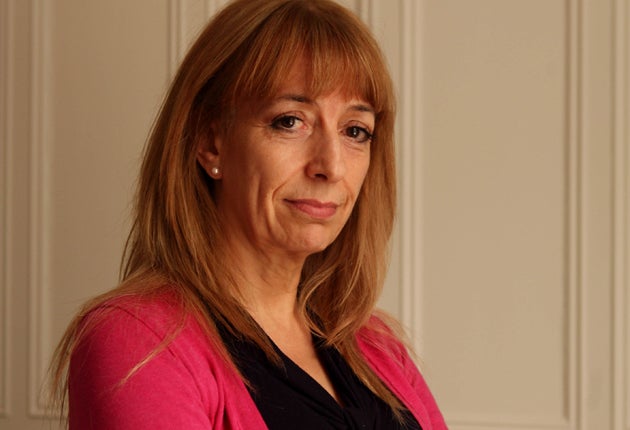How the baroness and the boffins got their sums so badly wrong
The home of British scientific research may be facing its biggest crisis in 200 years

The Royal Institution of Great Britain has always seemed to non-scientists to be one of those features of the British intellectual establishment that exist in a vacuum-sealed glass case. Impervious to modernity, it was, is and, we assumed, always will be.
Hence the shock last week when news came that the organisation that brings us the children's Christmas lectures is in deep financial trouble. And the apparent reason, according to some, is the 200-year-old institution's rush to embrace the world of brand, image, marketing and revenue-chasing.
Founded in Mayfair in 1799 by a group of "gentlemen", including Henry Cavendish, who discovered hydrogen, and its first president, George Finch, eighth Earl of Winchilsea, the institution was to provide an arena for "diffusing the knowledge, and facilitating the general introduction, of useful mechanical inventions and improvements; and for teaching, by courses of philosophical lectures and experiments, the application of science to the common purposes of life".
Granted a royal charter in 1800, it has housed the personal papers of some of Britain's most influential scientific minds for the past 200 years and has seen 14 of its "residents" win Nobel prizes. Ten chemical elements were discovered there, among them sodium and potassium by one of the institution's first chemistry professors, Sir Humphry Davy.
The annual lectures were devised by the scientific luminary Michael Faraday, who conducted his groundbreaking experiments with electricity at the institution. Designed to bring science to children and young people, they have been held every year since 1825, stopping only during the Second World War, and have featured the 19th century physicist John Tyndall, Sir David Attenborough, Carl Sagan and Richard Dawkins.
When Baroness Susan Greenfield was appointed director 10 years ago, she was the first woman to hold the title. The Oxford neuroscientist was brought in to "modernise" the institution she branded "charming but fusty" in April 2008, a month before her controversial project of refurbishment was due to be completed. In fact, the refit of the historic Faraday Lecture Theatre, a new restaurant and bar, conference facilities and atrium, as well as its new status as a licensed wedding venue, were delayed until October, despite an opening by the Queen in May, after building works overran.
Some members of the governing council and board of trustees expressed concern two years ago when works began at a cost of £22m. To raise the funds, Lady Greenfield sold off the institution's entire £15m property portfolio, also in Mayfair, with the aim of enabling it to work as a self-sufficient scientific destination.
But the project ran over budget and did not meet its targets. Due to the delays, it was forced to relaunch in the middle of the recession, and now the oldest independent scientific research body in the world has found itself in a cash crisis. Its trustees' report to the Charity Commission for the financial year to 30 September 2008 stated that it could have coped with any of these negative factors in isolation, but not with all happening at the same time.
As a result, the institution was forced to spend £3.2m from restricted and endowment funds. The trustees' report is gloomy. "If the charity is to continue as a going concern," it says, "the financial projections for the three years ending 30 September 2011 need to be met ... There is a significant uncertainty as to whether these projections will be achieved."
Some tough choices have to be made, and Lady Greenfield might be ousted as director: advisers have said the post should be sacrificed or "much reduced". "Fusty" it may once have been, but, with hindsight, it seems that fustiness can have its advantages, not the least of which is solvency.
Subscribe to Independent Premium to bookmark this article
Want to bookmark your favourite articles and stories to read or reference later? Start your Independent Premium subscription today.

Join our commenting forum
Join thought-provoking conversations, follow other Independent readers and see their replies